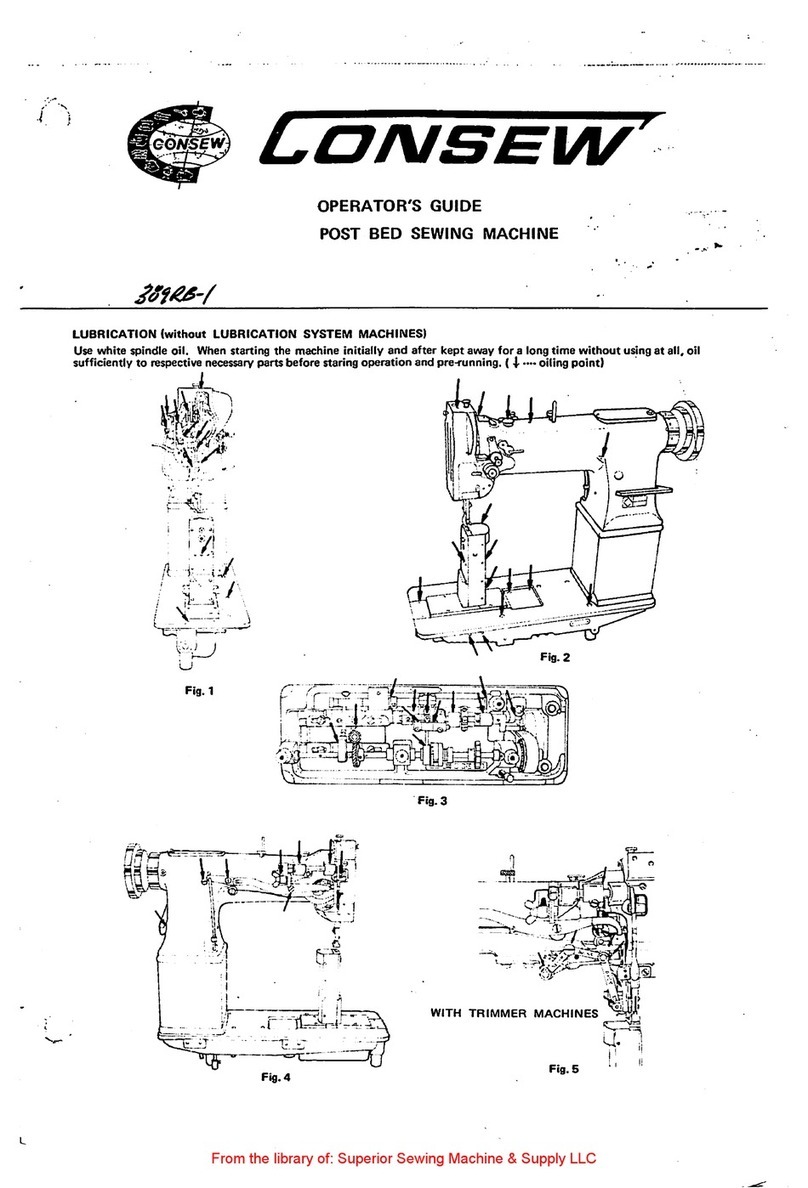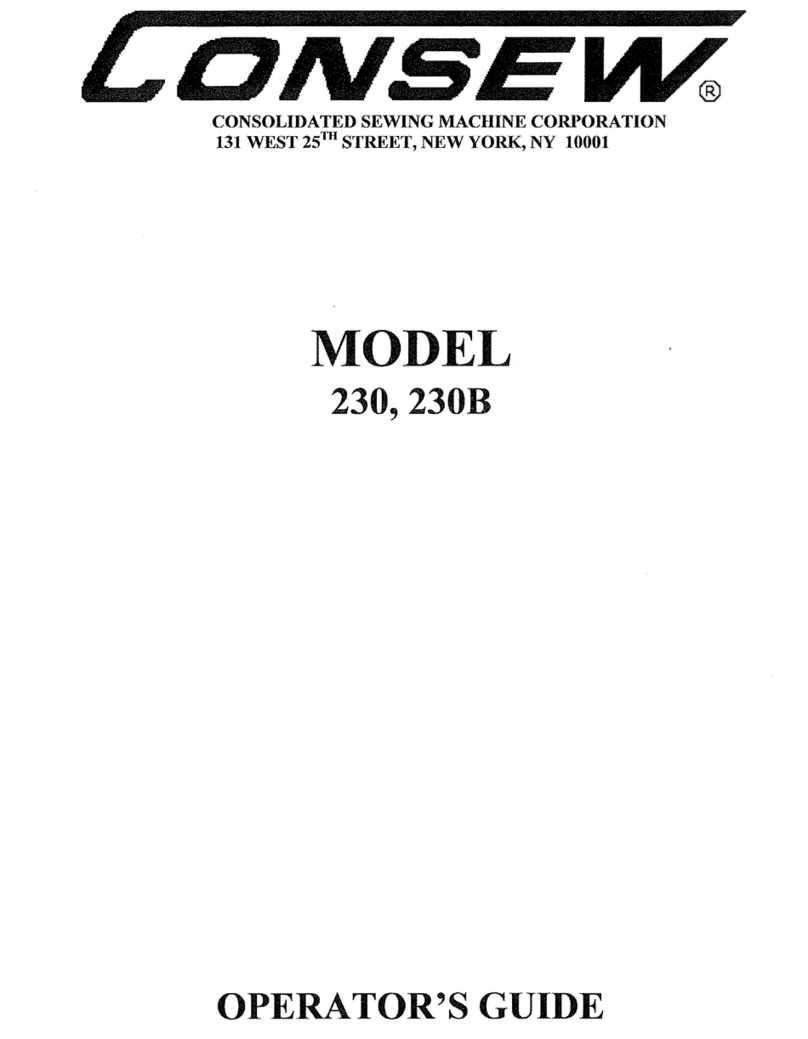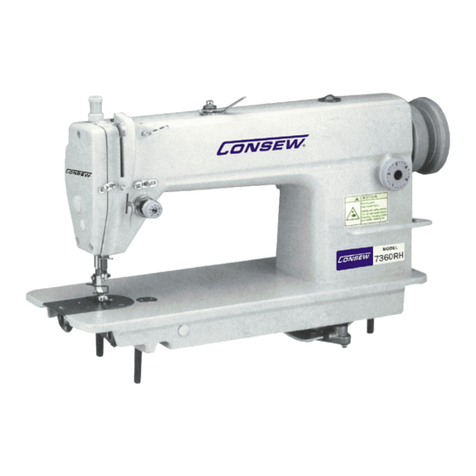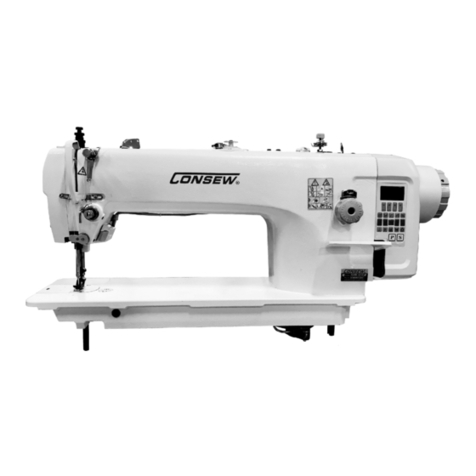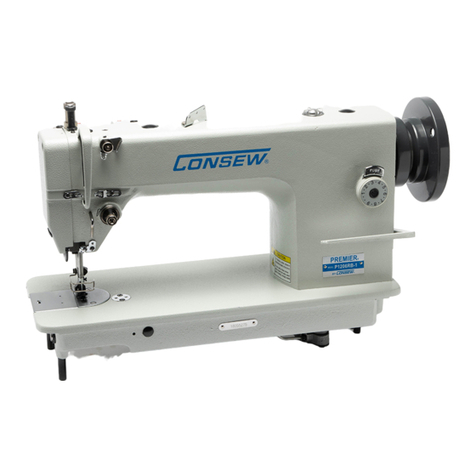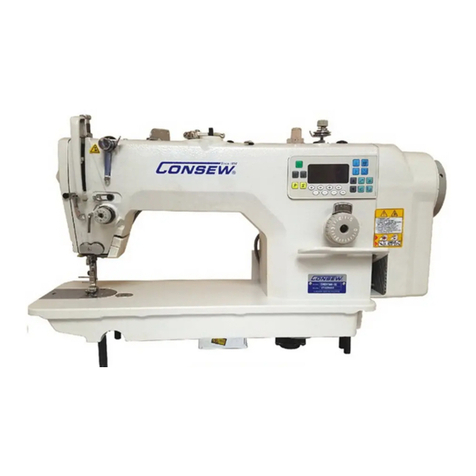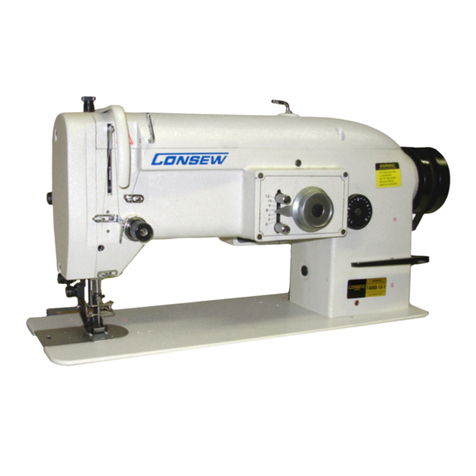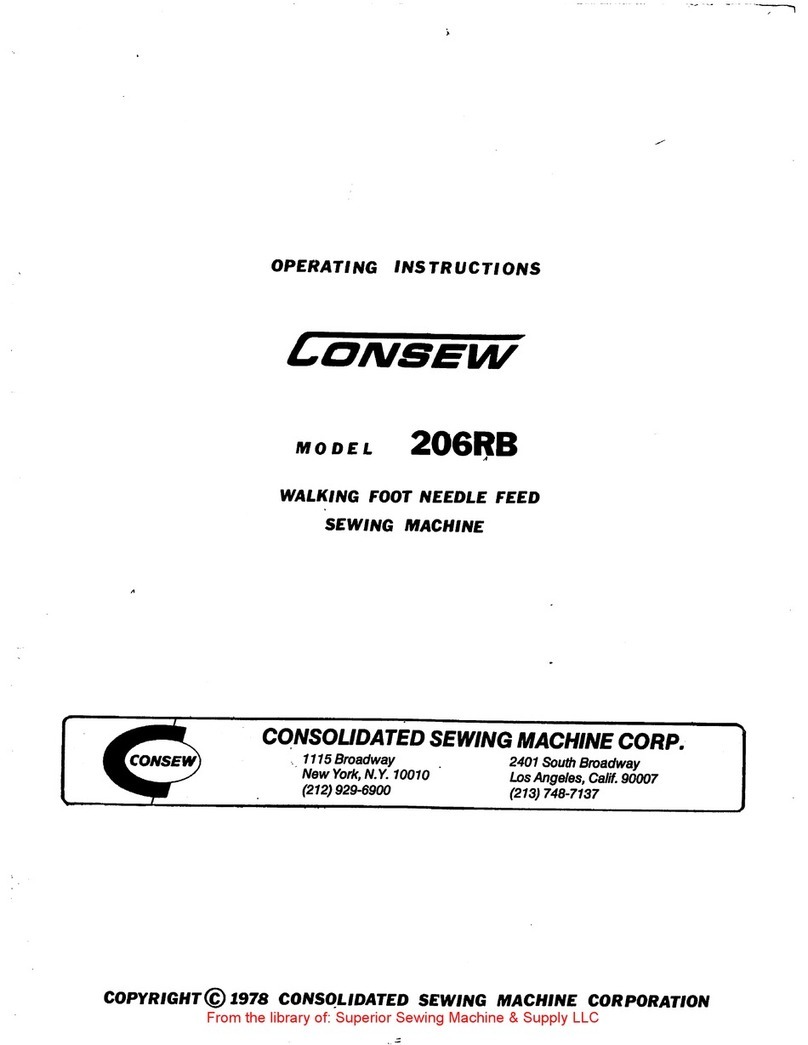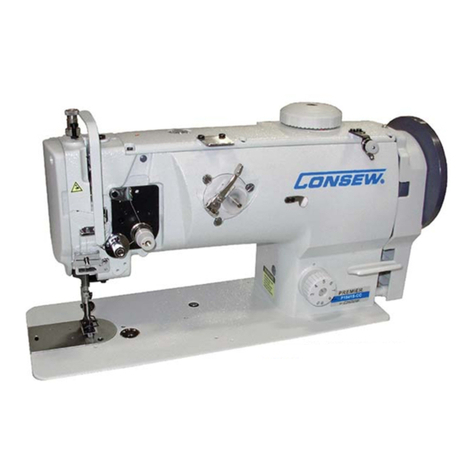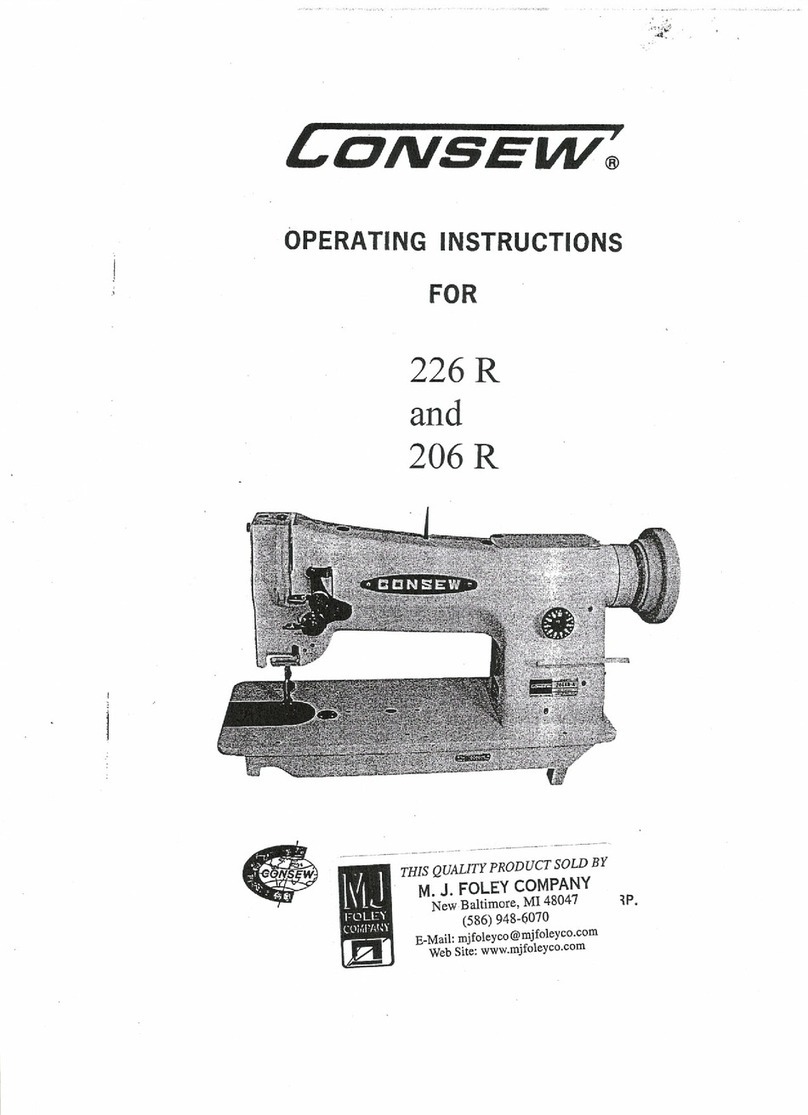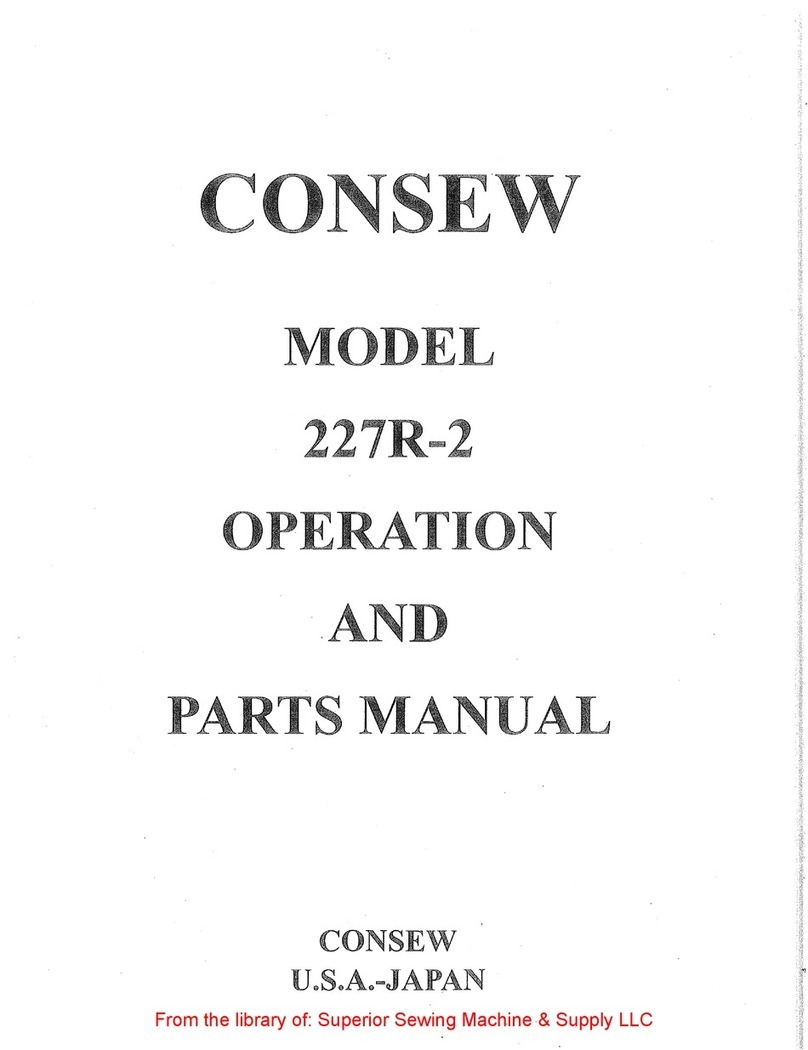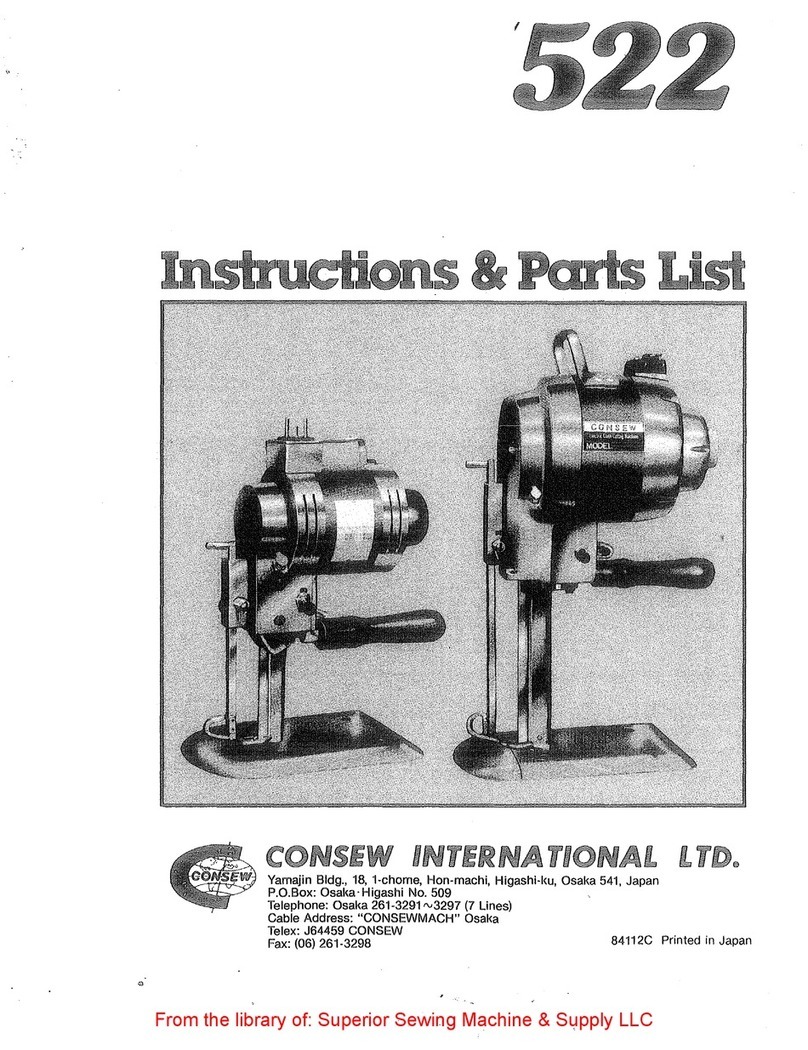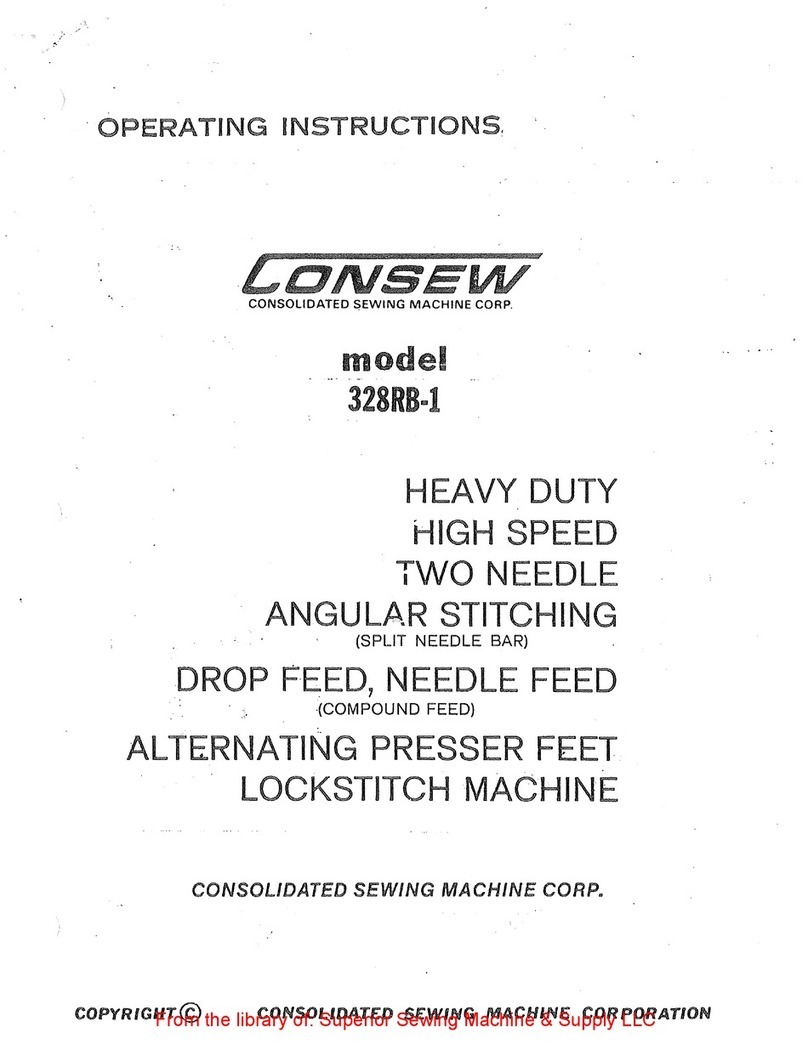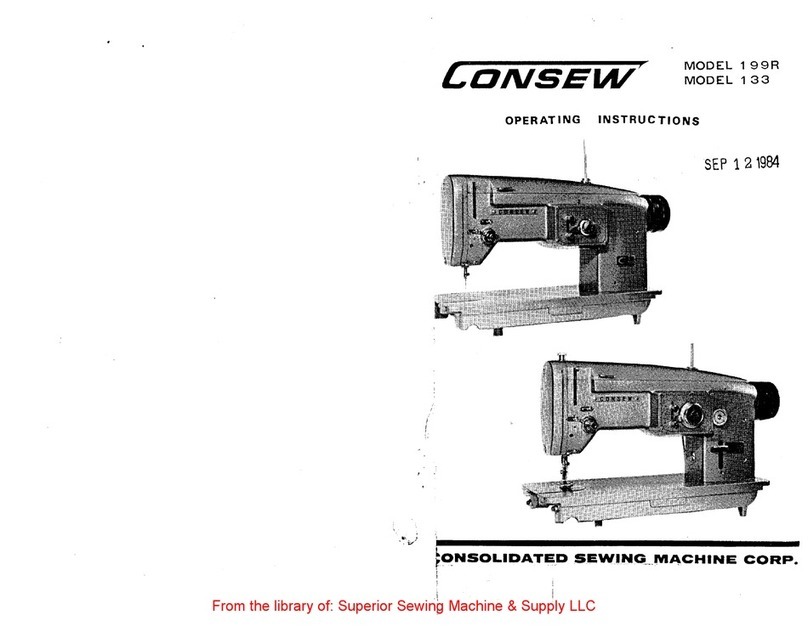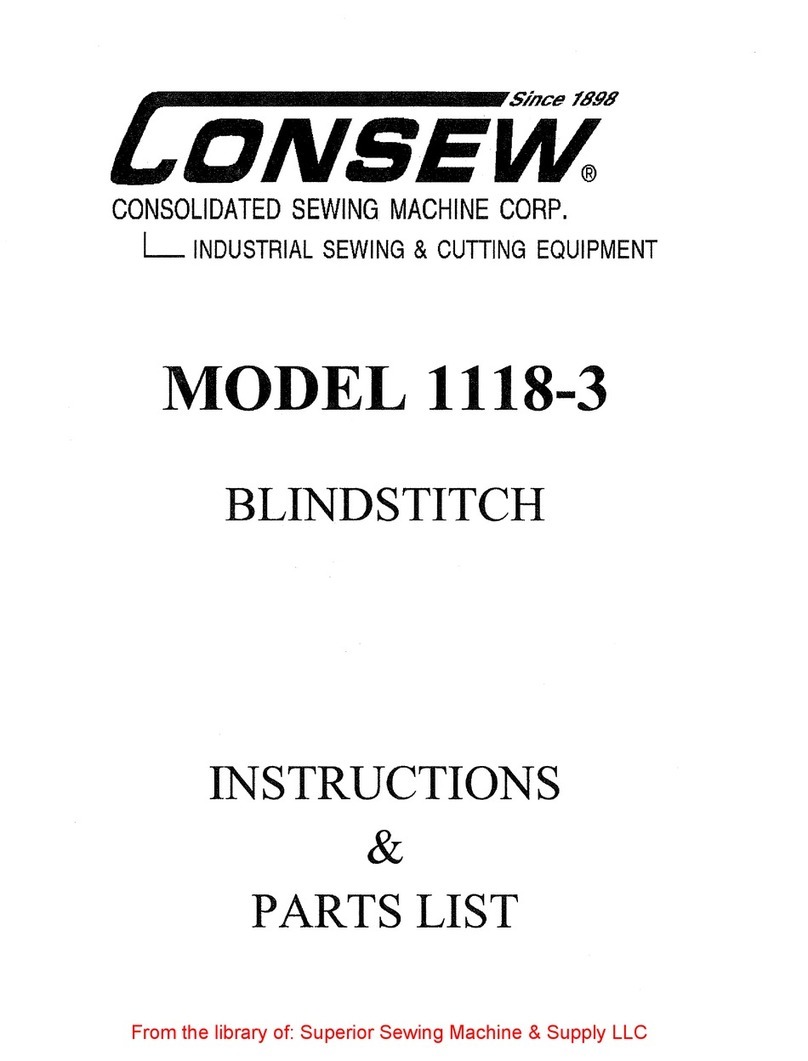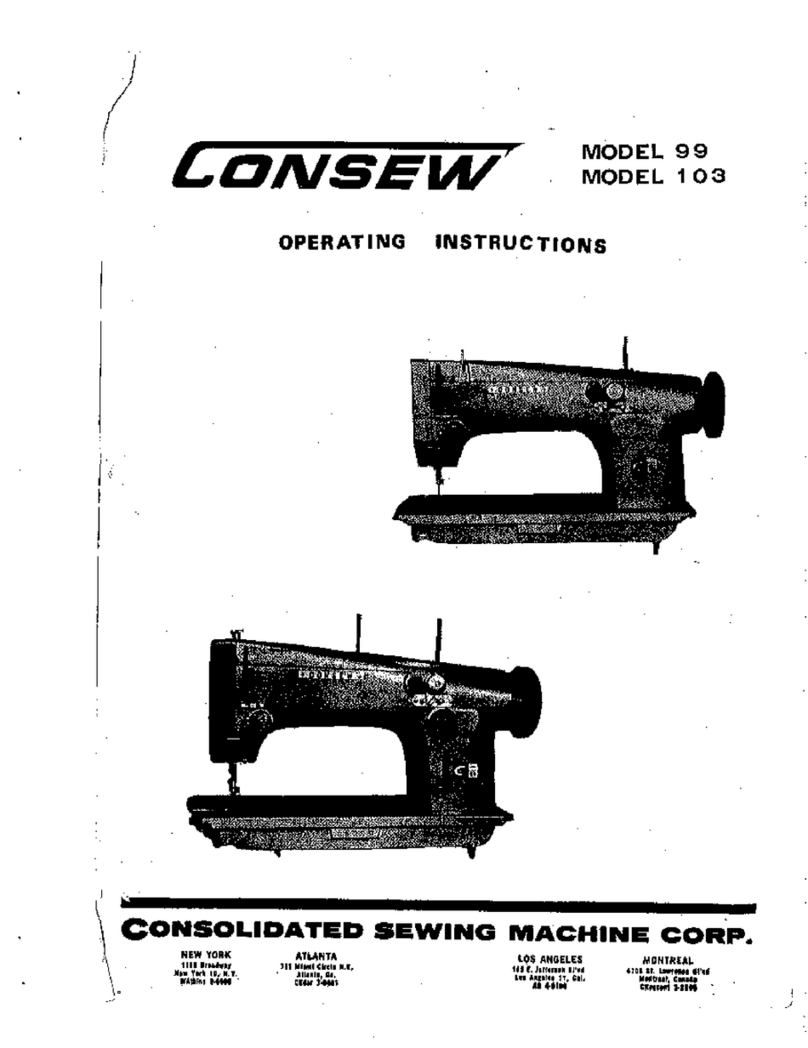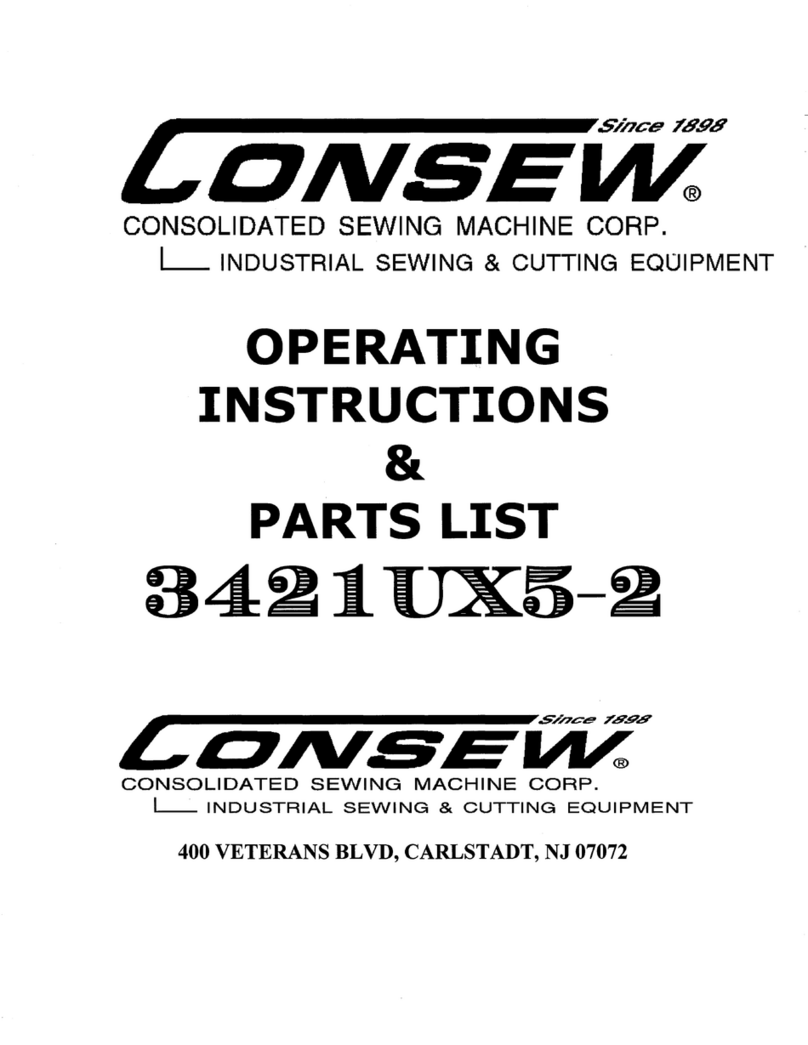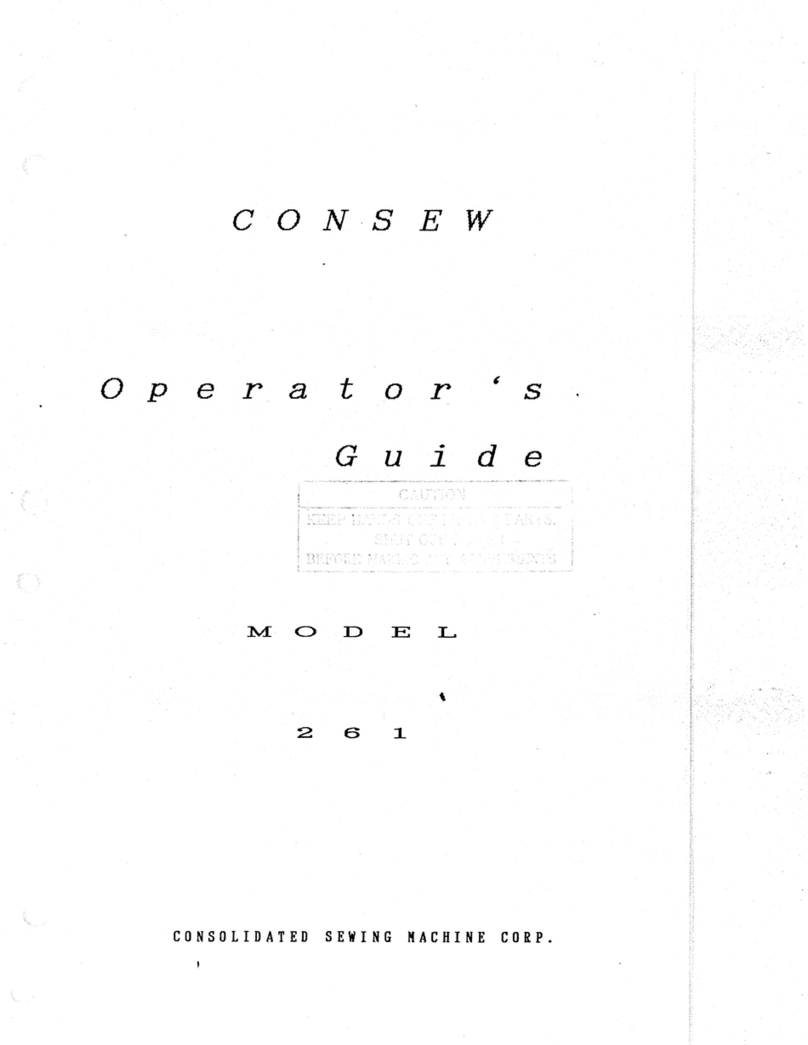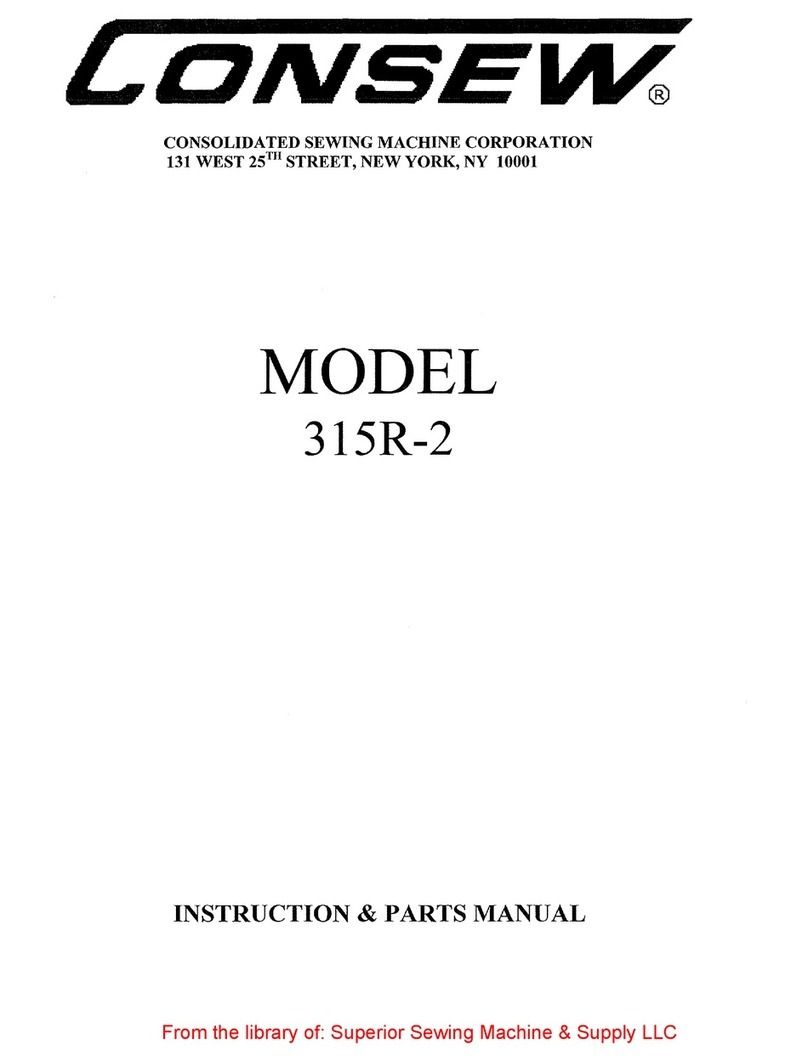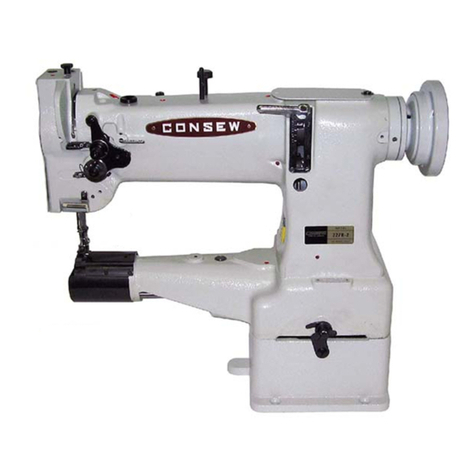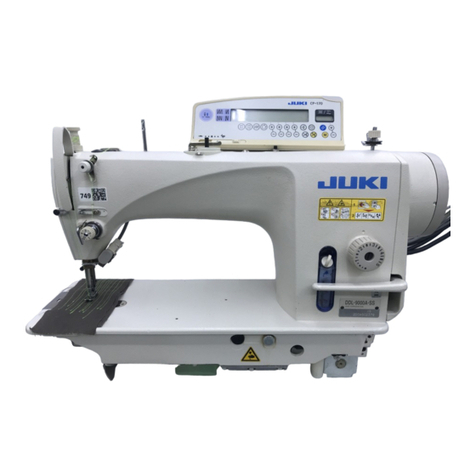
------
IMPORTANT
SAFETY
INSTRUCTIONS------
To
get
the most
out
of
the many functions
of
this machine and operate
it
in safety,it is necessary to use this
machine correctly.Please read this instruction Manual carefully before use.Whe hope you will enjoy the use
of
your machine for a long time.Please remember
to
keep this manual in a safe place.
1. Observe the basic safety measures,including, but not limited to
the
following ones,whenever you use
the
machine.
2. Read all the instructions,including,but not limited to this Instruction Manual before you use the machine.
In addition, keep this Instruction Manual
so
that
you may read it at
anytime
when necessary.
3.
Use
the machine after it has been ascertained that it conforms with safety rules/standards valid in your
Country.
4. All safety devices must be in position when
the
machine is ready for word
or
in operation.
The
operation without the specified safety devices is not allowed.
5.
This
machine
shall be operated
by
appropriately-trained operators._
6.
For your personal protection,
we
recommend
that
you
wear
safety glasses.
7.
For
the following, turn off the power switch
or
disconnect the
power
plug
of
the machine from the
receptacle.
7-1
For threading needle(s), iooper;spreader etc. And replacing bobbin.
7-2 For replacing part(s)
of
needle, presser foot, throat plate, looper,spreader, feed dog, needle guard,
folder, cloth guide etc.
7-3
For
repair work.
7-4
When leaving the working place
or
when
the
working place is unattended.
8.
If
you should allow oil, grease, etc. used with
the
machine and devices to
come
in contact with your eyes
--------
~--
-er-s-k-~R--er-&vV-a+l-aw-an-y-a-f-s-o-ef-1-ltq'dict--b'1-·r-rh'8-t-a-ke-;-··-l-rrrm-e-diate-ly---wash--t'mn:
..
uT,ta-c'reti-areasam:i----corrsuih:l-···
medical doctor.
9.
Tampering with the live parts and devices, regardless
of
whether
the
machine
is powered, is prohibited.
10.
Repc1irl
remodeling and adjustment works
must
only be done
by
appropriately trainde technicians
or
specially skilled personnel. Only spare parts designated by can be
used
for
repairs.
11. General maintenance and inspection works have to be done by appropriately trained personnel.
12. Repair and maint~n~nc;e works
of
electrical components shall be conducted by qualified electric
technicians
or
under
·the audit and guidance
of
specially skilled personnel.
Whenever
you find a failur-e
of
any
of
electrical components, immediately stop the machine.
13. Before making repair and maintenance
works
on
the
machine
equipped
with
pneumatic
parts such as
an air cylinder,
the
air compressor has
to
be detached from the
machine
and the compressed air supply
has to be
cut
off. Existing residual air pressure after disconnecting
the
air
compressor from
the
machine
has to be
expelled.
Exceptions
to
this
are
only
adjustments
and
performance
checks
done
by
appropriateiy
trained technicians or specially skilled personnel.
14. Periodically clean the machine thrqughout
the
period
of
use.
15. Grounding the machine is always necessary
for
the normal operation
of
the
machine.
The
machine has
to be operated in an environment that is free from strong noise sources such
as
high-freauer1cy welder.
16. An appropriate power plug has to be attached to the machine by eledtric technicians. Power plug has to
be commected to a grounded receptacle.
17.
The
machine is only allowed to be used for the purpose intended.
Other
used are not allowed.
18. Remodel
or
modify the machine in accordance with the safely rules/standards while taking
an
the
effective
safety
measures.
assumes
no
respqnsibility
for
damage
by
remodeling
or
modification
of
the
machine.
19. Warning hints are marked with the two shown symbols.
Danger
of
injury to operator
or
service staff
Items requlring special attention
ii
From the library of Superior Sewing Machine & Supply LLC - www.supsew.com
